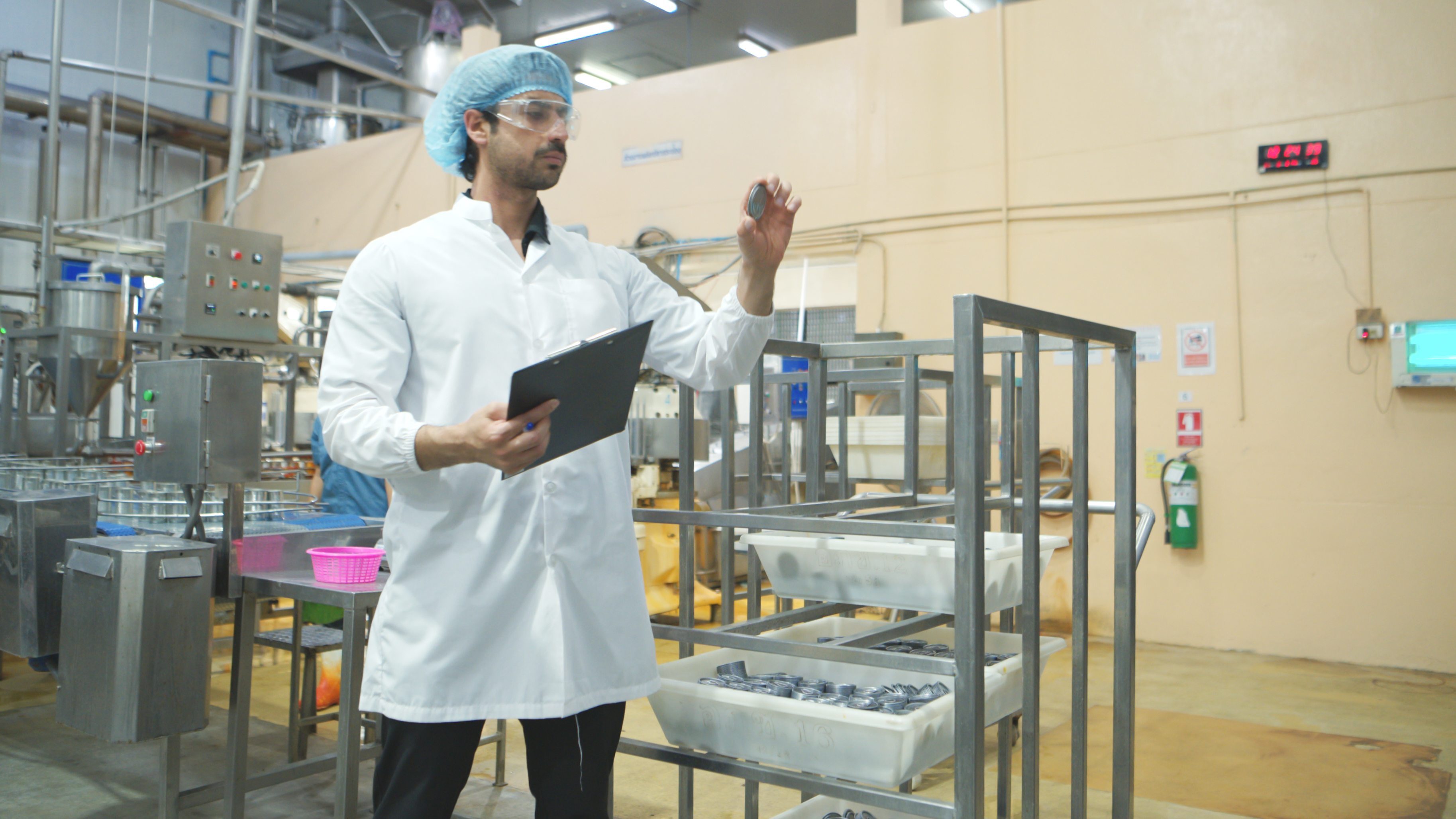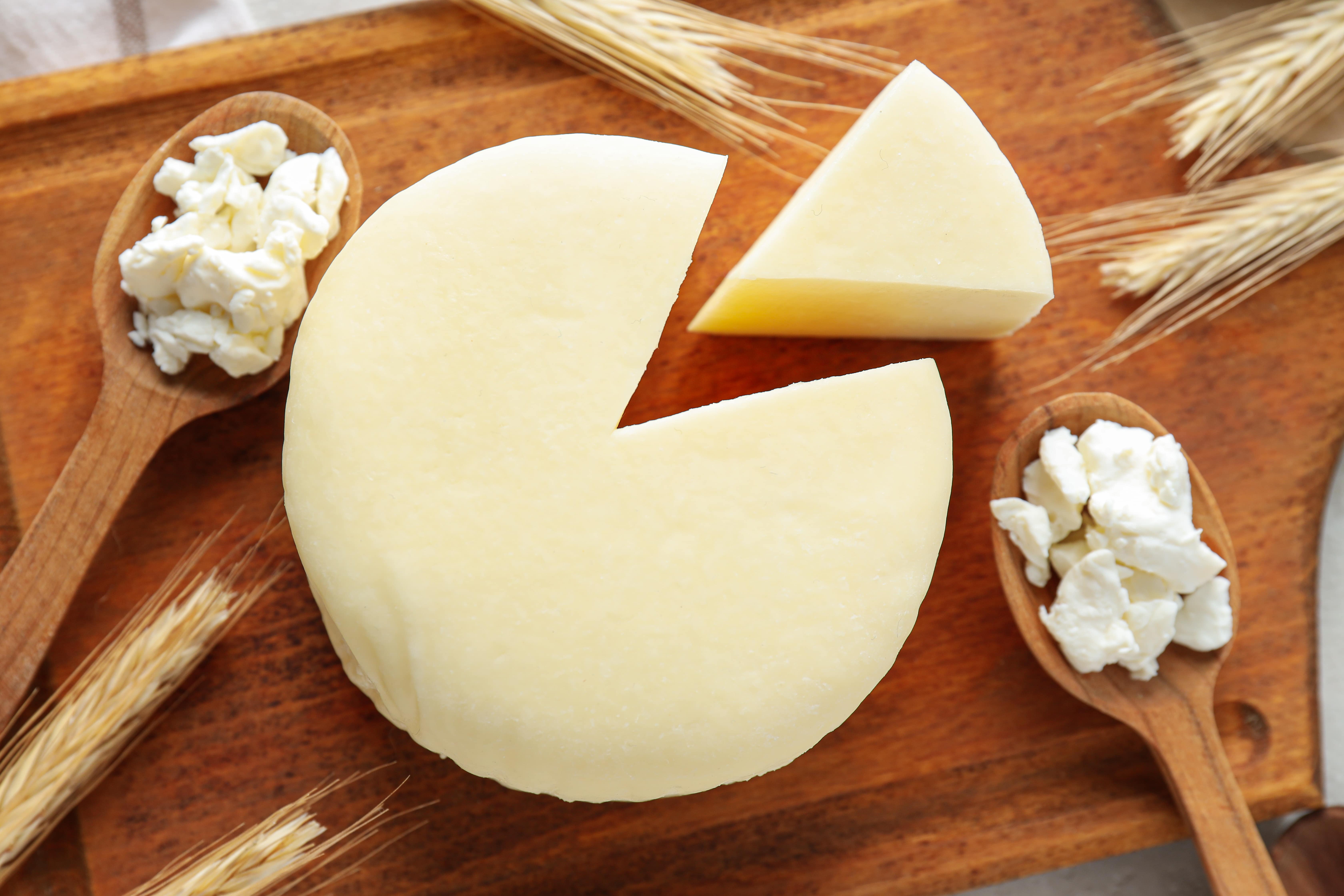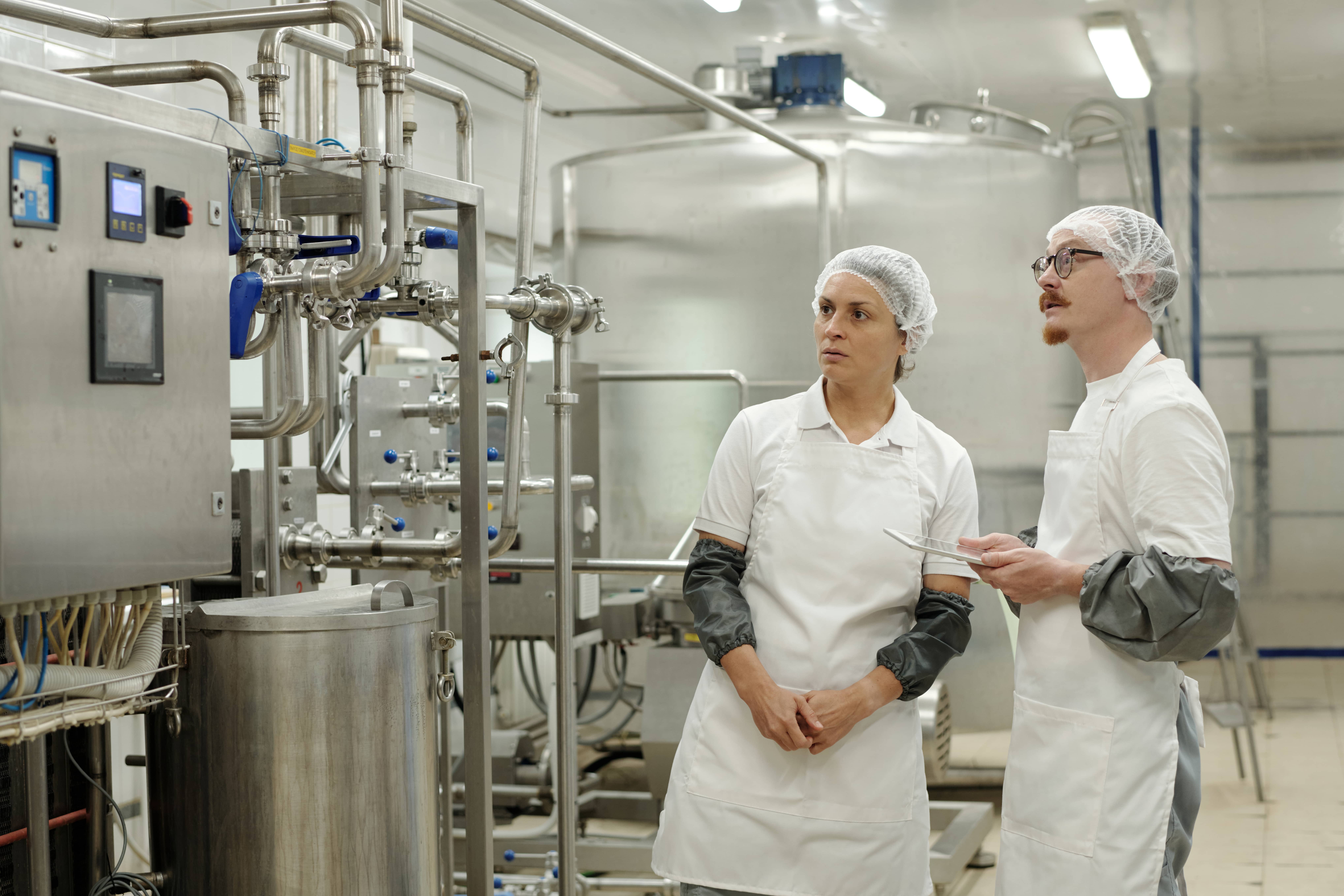Last Updated on December 17, 2025 by Admin
Table of Contents
Reducing food waste is crucial for both environmental sustainability and personal savings. By adopting simple yet effective strategies, we can significantly reduce the amount of food in landfills. This piece provides practical advice on how to prevent food waste in various settings, including homes and restaurants.
Why is Reducing Food Waste Important?
Food waste has far-reaching consequences, affecting the environment, economy, and society. When we waste food, we also waste the resources used to produce it, such as water, energy, and labor. Additionally, food waste in landfills contributes to greenhouse gas emissions. Therefore, learning how to prevent food waste is essential for a sustainable future. We can positively impact our planet and wallets by being mindful of our food consumption and waste.
How to Reduce Food Waste at Home?

Preventing food waste at home starts with mindful shopping and proper storage. Here are some tips to help you understand how to reduce food waste at home:
1. Plan Meals
Plan your meals for the week to avoid overbuying and food spoiling. Make a weekly meal plan with all meals and snacks to use up ingredients.
2. Shopping List
Have a shopping list to avoid impulse buys. It reduces food waste and saves money and time shopping.
3. Store Food Well
Store fruits, vegetables, and other perishables to extend shelf life. Food stays fresh longer in airtight containers and a cool fridge.
4. Be Creative with Leftovers
To reduce waste, use leftovers in new meals. For example, leftover roast chicken can be used for sandwiches or salads the next day.
5. FIRST IN, FIRST OUT
Put older goods in the fridge and pantry first. This encourages use before spoilage and improves food rotation and management.
10 Ways to Avoid Wastage of Food

Implementing these 10 ways to avoid wastage of food can make a significant difference:
Controlling portions:
Serve only a small amount first, so nobody feels pushed to finish food they did not want. People can add more later, which keeps plates clearer and waste lower.
Know When Things Expire:
Check dates with calm attention, since some items stay fine longer than people assume. Noticing this helps you choose what needs to be finished soon and what can wait a bit.
Donate Extra Food:
When your pantry holds more than you can use, pass the extra to local groups that accept safe, unused food. It places good meals in someone’s hands instead of the trash.
Compost:
Keep fruit skins, vegetable pieces, and a few other scraps in a small compost setup. It lowers what you throw away and gives soil a slow, steady boost when used in gardens.
Preserve:
Freeze or pickle food that you cannot finish soon. This simple habit extends the life of many items and keeps your kitchen from tossing good ingredients.
Share:
Offer extra dishes to neighbors or friends. It lights your fridge and turns small gatherings into moments where food is enjoyed instead of wasted.
Reuse:
Save vegetable scraps for broth or use leftover grains in soups. These little choices bring new life to food that many people toss without thinking.
Track Your Waste:
Write down what ends up in the bin during the week. Over time, you notice patterns, and those patterns show you where small changes can help without making life difficult.
Cook in bulk:
Prepare larger meals that freeze well. It saves time on busy days and cuts waste because food stays useful for longer stretches.
Shop Smart:
Buy a smaller amount of fresh items so you finish them while they are still good. It keeps you from tossing food that spoils quickly and supports steady habits at home.
How to Reduce Food Waste in Restaurants?
Restaurants have a significant role in reducing food waste. Here are some ideas on how to reduce food waste in restaurants:
1. Accurate Predictions
Use past data and trends to make more accurate predictions about demand and avoid being too ready. It makes it easier to make and give the right amount of food.
2. Making a Menu
Make a plan that can be changed based on what’s in season, and use as little food as possible. Use items that need to be used up by making daily specials.
3. Staff Training
Teach your staff how to control their portions and deal with waste. Teach them why lowering food waste is essential and what they can do to help.
4. Track Waste
Monitor food waste to find trouble spots and fix them. Use technology to observe and study how trash is thrown away in the kitchen and eating areas.
5. Work with Food Banks
Give extra food to food banks or charities in your area. Form relationships to ensure that extra food is fed to people who need it instead of being thrown away.
Tips to Reduce Food Waste in Everyday Life
Incorporate these tips to reduce food waste into your daily routine:
- Use perishables before they expire. Plan meals using household ingredients.
- Use beet greens and broccoli stems in dishes.
- Check and tidy your fridge to use up products before they spoil. Track what’s inside to avoid overbuying.
- Prepare dishes that can be turned into alternatives. Make soups, casseroles, or salads from leftovers.
- Spread food waste awareness and encourage friends and family to follow similar practices by sharing advice.
Benefits of Reducing Food Waste
Lowering waste brings calmer routines, steady savings, and a lighter load on the environment. Little habits slowly guide households toward ways to reduce food waste, even when life feels busy.
Better Household Planning
People start to see how they eat and what they store, which makes weekly choices easier. These habits support how to avoid food waste without forcing strict rules on anyone.
Lower Costs Over Time
Using food with more care brings small savings that add up. You buy only what you can finish, and the kitchen stays more organised, which helps your budget stay steady.
Cleaner Home Spaces
A fridge that is tidy is easier to understand. You avoid letting old items hide behind new ones, and you slowly learn ways to avoid wastage of food in a simple, natural way.
Stronger Community Habits
Sharing extra food or offering unused items to others builds gentle connections. These soft exchanges remind people of how to reduce food waste through small, thoughtful steps.
Less Pressure on Landfills
When households compost or donate what they cannot eat, the amount thrown into landfills becomes smaller. It reduces strain on the environment and encourages better daily choices.
How Food Training Can Help?
Training and education are essential for food waste reduction. Comprehensive food training for restaurant staff and home cooks helps prevent food wastage. Training programs can cover:
- Teaching serving sizes to reduce wastage and leftovers.
- Food storage education is needed to prolong shelf life and avoid spoiling.
- Waste monitoring and tracking training to find improvements and decrease waste.
- Encouraging innovative food scrap cooking to make beautiful meals.
Read Also – Food Safety Training: Boosting Overall Production Performance
Conclusion
Food waste touches households in quiet but steady ways, and many people want clear guidance on how to reduce food waste without turning life upside down. Simple planning, gentle storage habits, and a patient approach to leftovers all help more than expected. When homes and restaurants take these steps together, they build routines that stay strong over time. Anyone can learn small ways to avoid the wastage of food, and these choices shape a cleaner path for the years ahead.













